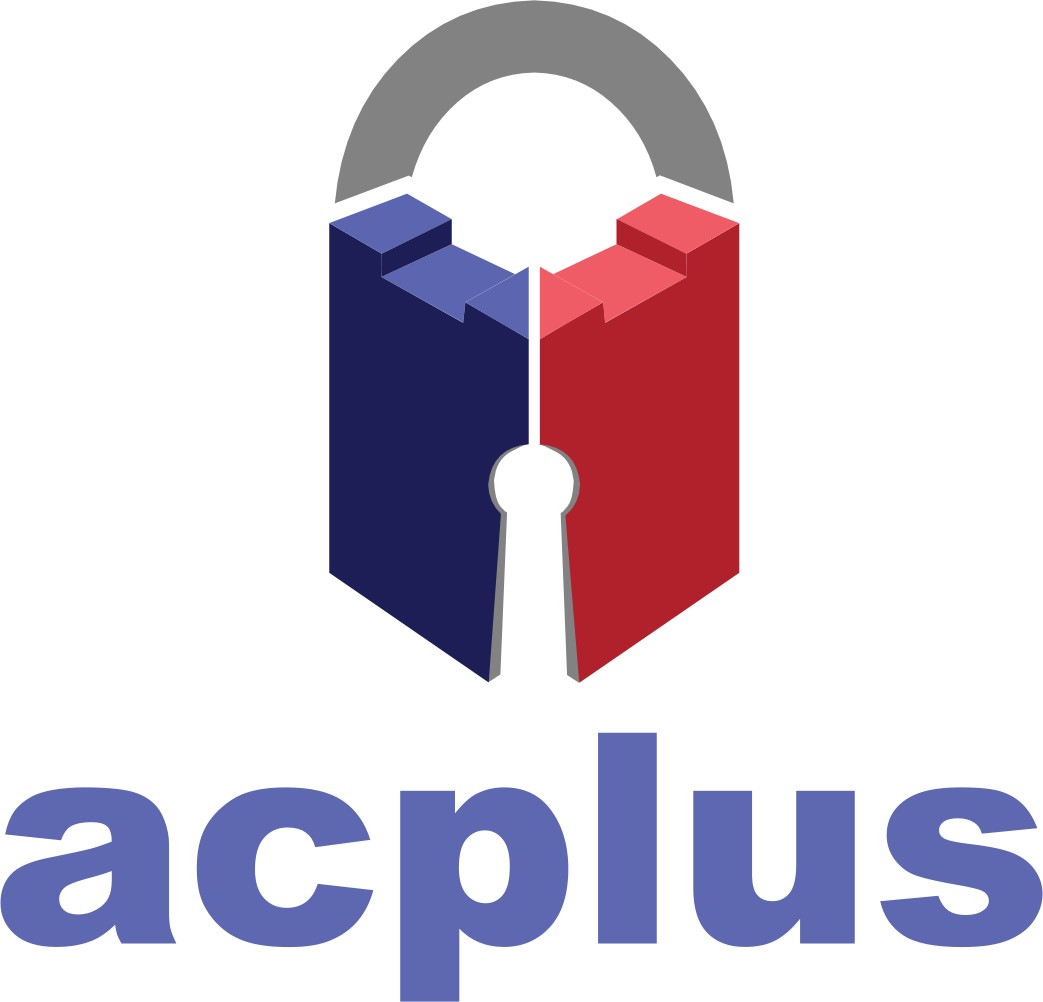Epos systems – Cloud or on premise?
Traditional POS, also known as ‘on premise’ or ‘legacy’, traditional POS systems store data on local servers and run on a closed internal network. Example- family photos saved on a desktop of your home computer.
Cloud based POS, also referred to as ‘software as a service’ (saas) or web based, cloud-based POS systems are web hosted solutions that store data on remote servers and make information accessible online. The cloud is everywhere, you access the cloud every time you log into Facebook, Gmail or your online banking application.
There are many comparisons when it comes to these two types of POS
Integrated systems
Traditional- For traditional POS systems, it is often difficult to integrate new modules, features and updates. This makes it harder to customise the system and the business has to use it as it is.
Cloud- It is possible to connect with third party software programs to customise the POS according to customer needs.
Data Accessibility
Traditional- Data can only be accessed on site, meaning that the owner or manager has to be physically present in their business facility to make any changes to the items.
Cloud- The data can be accessed from anywhere at any time. The owner or manager can monitor all of the reporting in real time from anywhere with internet access using any device. They can also make any changes online, giving remote accessibility so no need to be there in person.
Cost efficiency
Traditional-Traditional systems usually have higher upfront costs, usually require a maintenance fee because the software needs to be updated manually on site.
Cloud- Cloud is often cheaper as installation isn’t as complex, usually little to no upfront costs. The software is also updated automatically by service providers which is likely to be included in the monthly/yearly fee if required. Depending on the size of the business this may depend on the monthly/yearly cost if applicable, for example if the business has a lot of stores, employees and devices this could work out more expensive in the long run compared to the traditional POS.
Frequent updates
Traditional- For many traditional POS, updates of the systems have to be completed onsite.
Cloud- The provider implements the updates automatically and remotely, meaning no need for onsite visits.
Hardware
Traditional- The hardware of the traditional system is usually quite big, bulky, and heavy. The most common size of the traditional POS screen is 15 inches. Some people see this as an advantage because it prevents theft, but many see it as a disadvantage as it is not portable.
Cloud- Cloud-based POS, unlike the traditional POS, uses portable devices, such as tablets and mobile phones. This makes it easier to carry it around anywhere. However, most devices have a short battery life and must be constantly connected to the charger.
Internet Dependency
Traditional- Traditional systems do not rely on the internet, so even if there is no internet, it can continue to run smoothly and efficiently without affecting the service.
Cloud- Contrary to the traditional systems, cloud-based systems are heavily dependent on the internet, so if the internet connection is poor or lost, this can affect the service greatly. However, some cloud-based systems have offline capabilities, allowing you to continue to make sales and run the business as usual even without internet. The data can be synced later when it is connected to the internet again.
Data Loss Risk
Traditional-Since all the data is stored on local servers and run on a closed internal network, there is a risk of losing everything if the system crashes or encounters a bug.
Cloud-Since all the data is stored online on remote servers, the risk of losing data is minimised. Even if the system crashes, the data remains safe because they are backed up automatically in the cloud, and can be restored easily.
